DALL·E Is Old News. Meet GPT-Image-1 – Your New Visual Assistant
OpenAI just dropped GPT-Image-1 - a new image generation model built into the GPT ecosystem. Here's what it is, why it matters, and how you can start using it right now.
GPT-Image-1 is not just another DALL·E. It’s your new creative assistant — visual, contextual, and very smart.
What is GPT-Image-1?
OpenAI's latest model, GPT-Image-1, is a new image generation engine integrated into the GPT ecosystem.
Forget switching tools. Now, you can describe an image in natural language, and GPT can generate it right inside the same chat or workflow. It’s powerful, context-aware, and designed to feel... effortless.
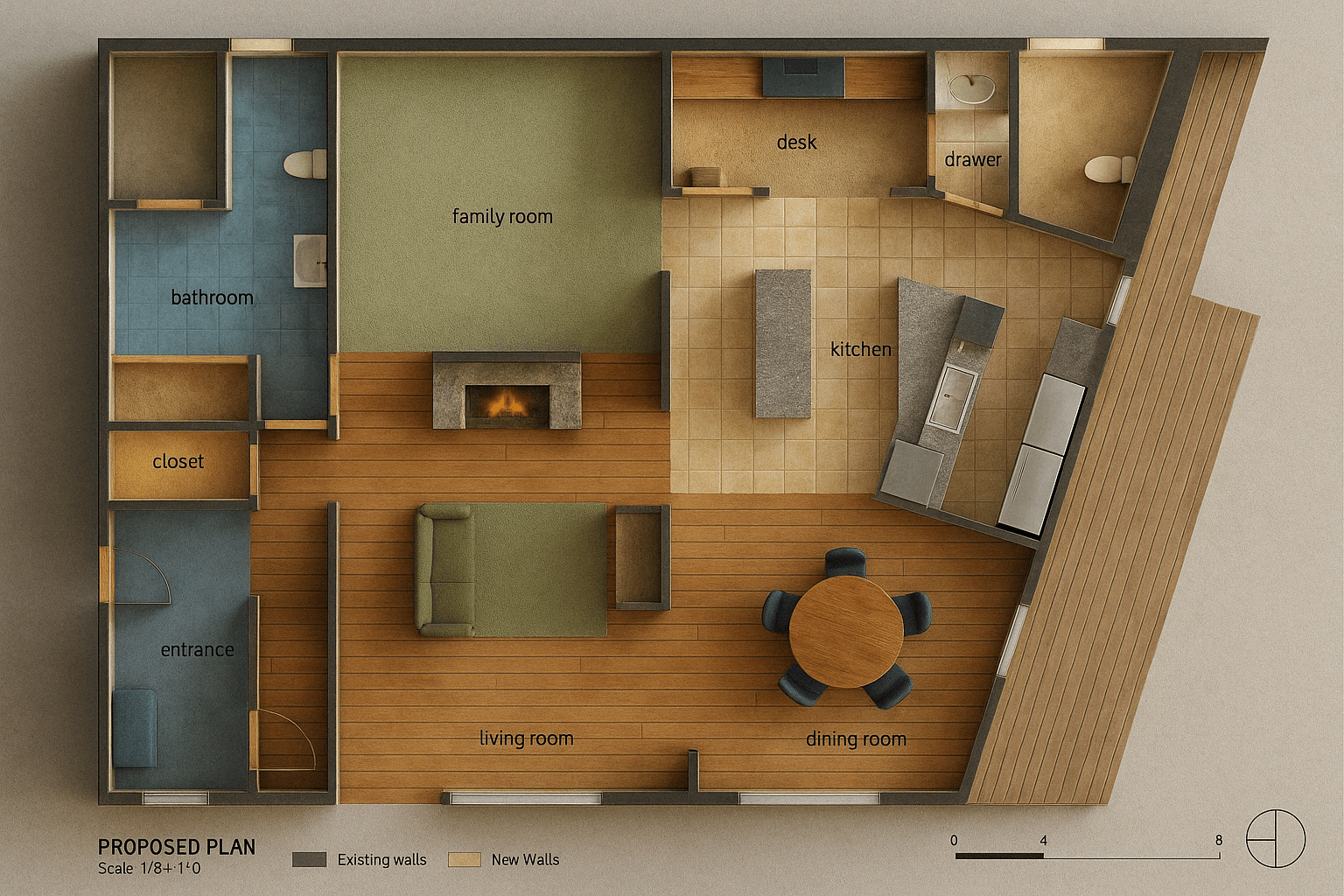

Why You Should Care
Whether you're a marketer, designer, developer or creative hustler — this changes the game:
- No more stock photos. Generate custom visuals in seconds.
- Build landing pages, product mockups, or ad creatives on demand.
- Seamlessly integrate image generation into your workflow (API-ready).
This is AI for the visual age — and it’s built for speed.
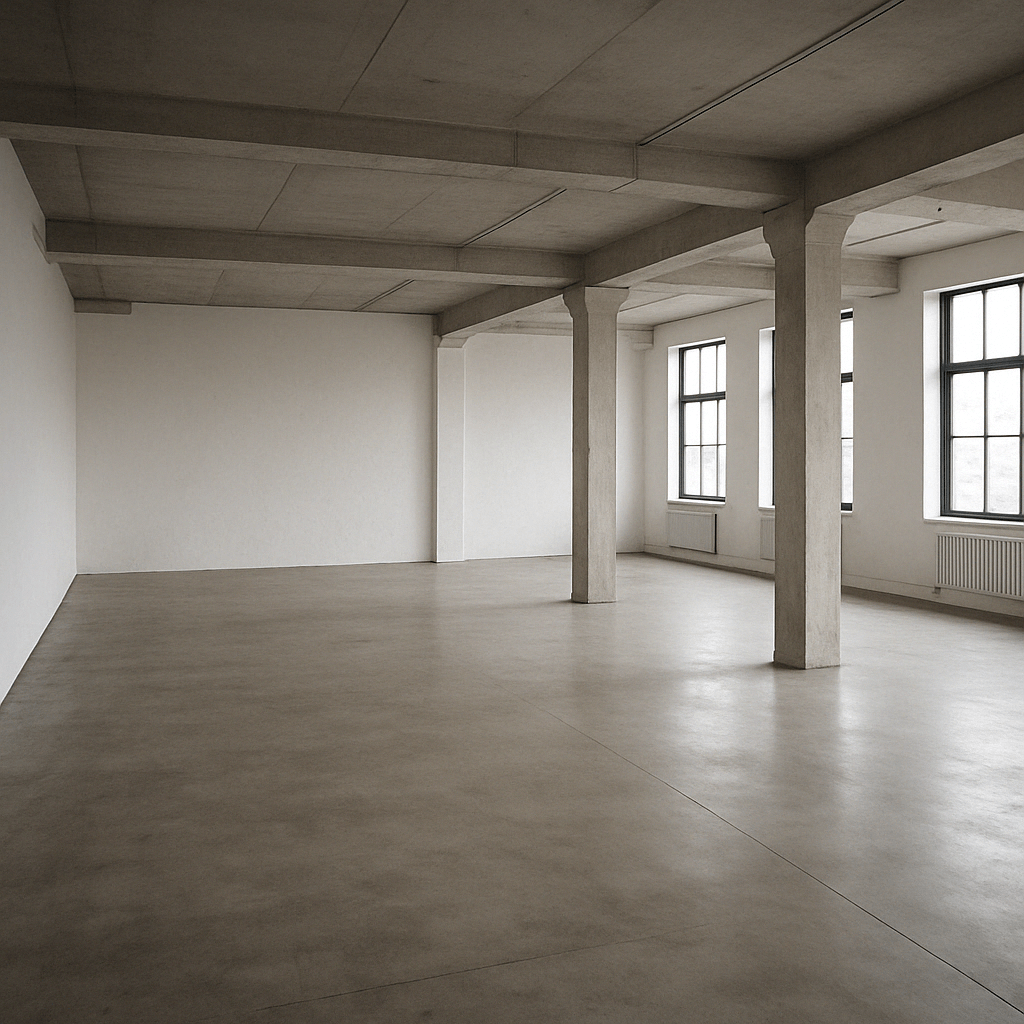
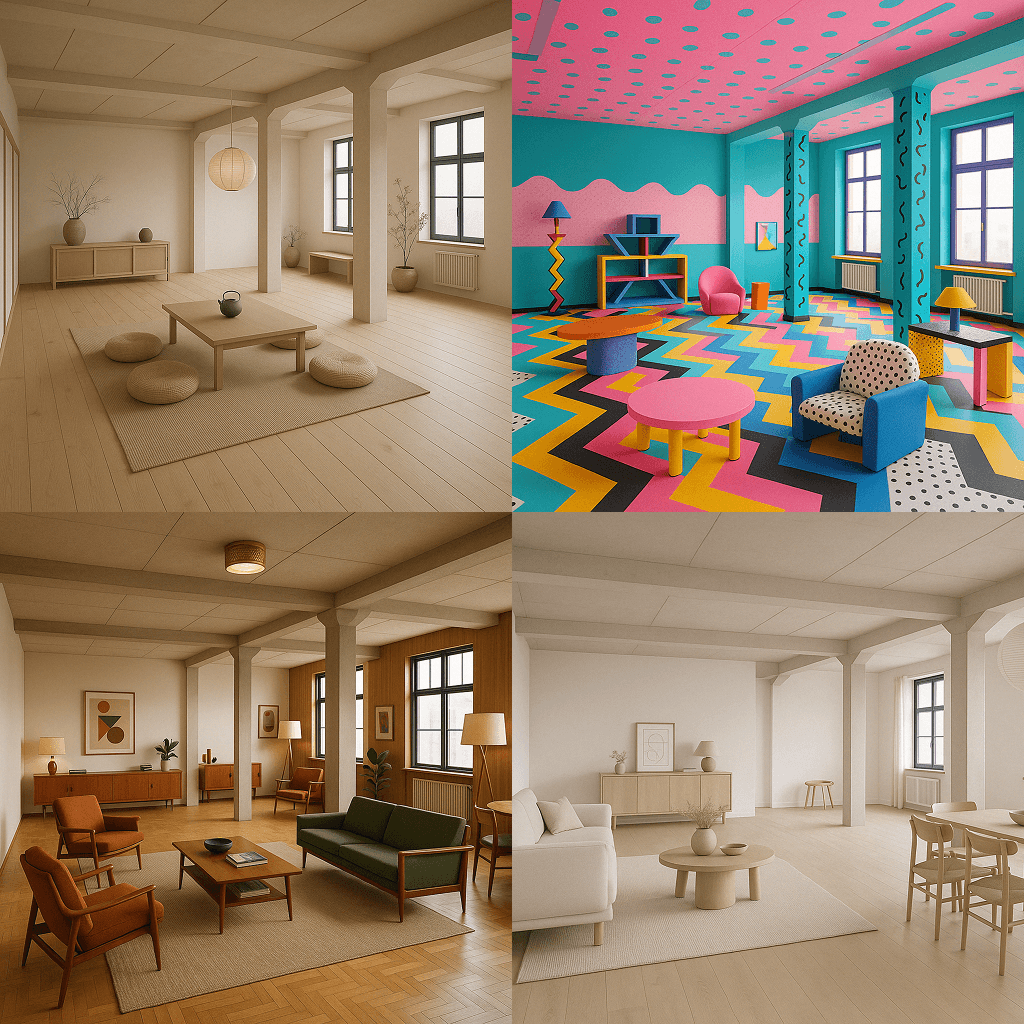
Key Features
Let’s break down what makes GPT-Image-1 different:
- Integrated with GPT-4: The model "understands" your full conversation context before generating.
- Better prompt following: You’ll get more accurate results with less guessing.
- Inpainting / Editing (beta): Edit parts of an image or generate variations.
- Transparent background support: Perfect for ecommerce, product shots, and UI/UX.
And yes, you can use it via the OpenAI API.
What about ChatGPT users?
Yes, the ChatGPT provides access to GPT-4o, OpenAI’s latest multimodal model capable of generating images, text, and audio. This model is integrated into ChatGPT, allowing users to generate images directly within the chat interface.
To utilize this feature, simply start a new chat in ChatGPT, ensure you’re using the GPT-4o model, and enter a prompt describing the image you want to generate. The model will then create the image based on your description.
For developers, OpenAI offers the gpt-image-1 model through its API, enabling integration of image generation capabilities into applications and services. This allows for more customized and scalable use cases beyond the ChatGPT interface.
In summary, while the ChatGPT plan grants access to GPT-4o’s image generation within the chat platform, developers seeking to incorporate image generation into their own tools or workflows should explore the gpt-image-1 API.
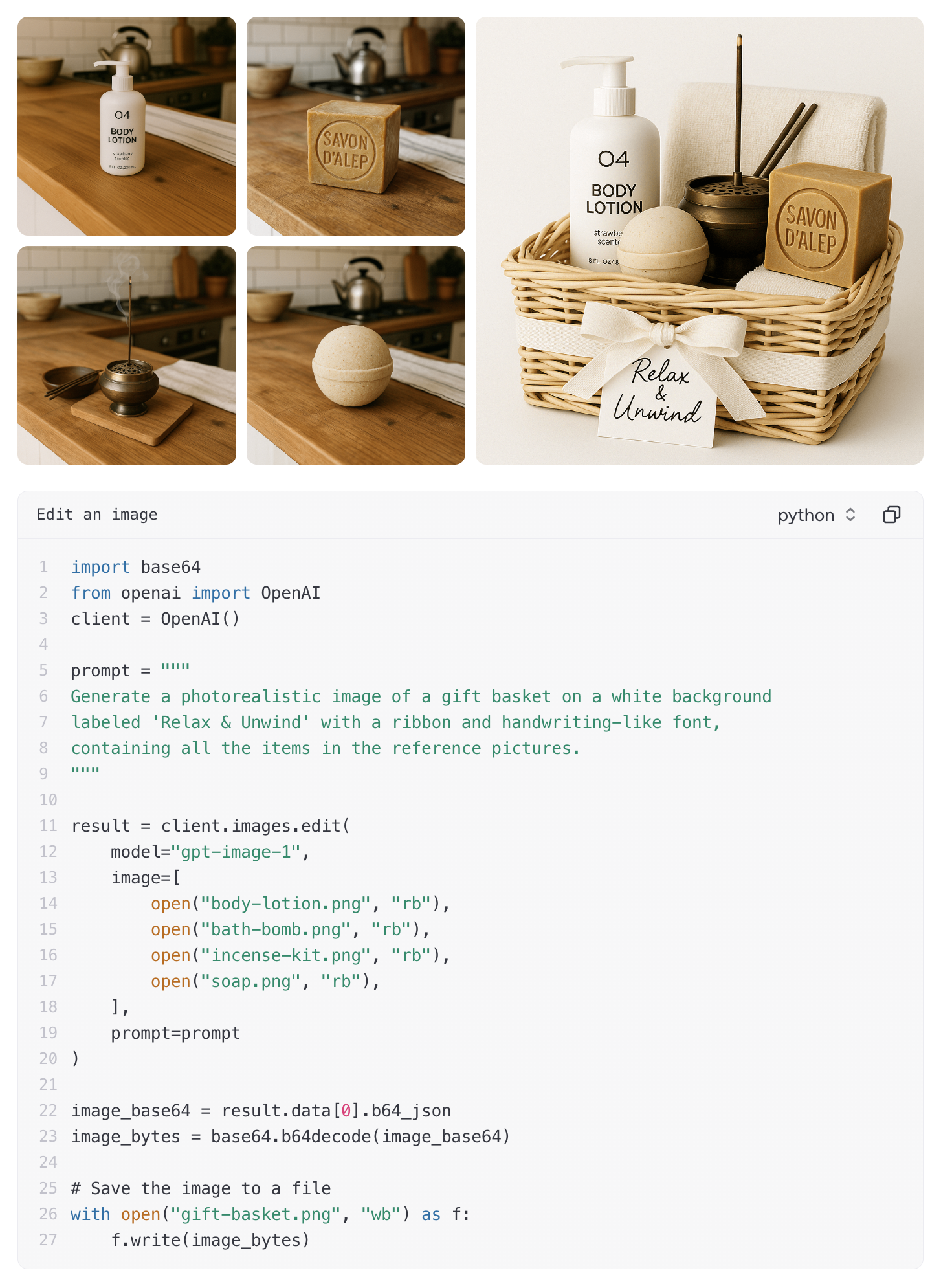
Real Use Cases
Here’s what we at iFlow.bot are already building:
You don't need to be a designer. You just need a good prompt.
How to Try It Out
If you’re using ChatGPT Pro, you already have access.
Just ask ChatGPT to "create an image of..." — and it will.
For developers:
Head over to the OpenAI Image Generation API docs.
You’ll find everything you need: endpoints, parameters, size options, transparent background toggle, and more.
Prompt Tips That Actually Work
We’ve tested a ton of prompts. Here’s what we’ve learned:
- Be specific:
"isometric illustration of a futuristic workspace, pastel colors, clean design" - Use art styles:
"cyberpunk portrait in Studio Ghibli style" - Add mood or lighting:
"moody sunset landscape, wide angle, cinematic"
Want even better results? Combine your prompts with brand context. GPT-Image-1 understands your tone, your voice, your vibe.
Final Thoughts
GPT-Image-1 isn’t just a tool — it’s a new way of thinking about content.
No stock libraries. No endless searches. No back-and-forth with designers.
It’s just you, an idea, and a prompt.
And that’s powerful.
Need help automating visual workflows with GPT-Image-1?
We build tools that blend AI + automation. Let’s talk.
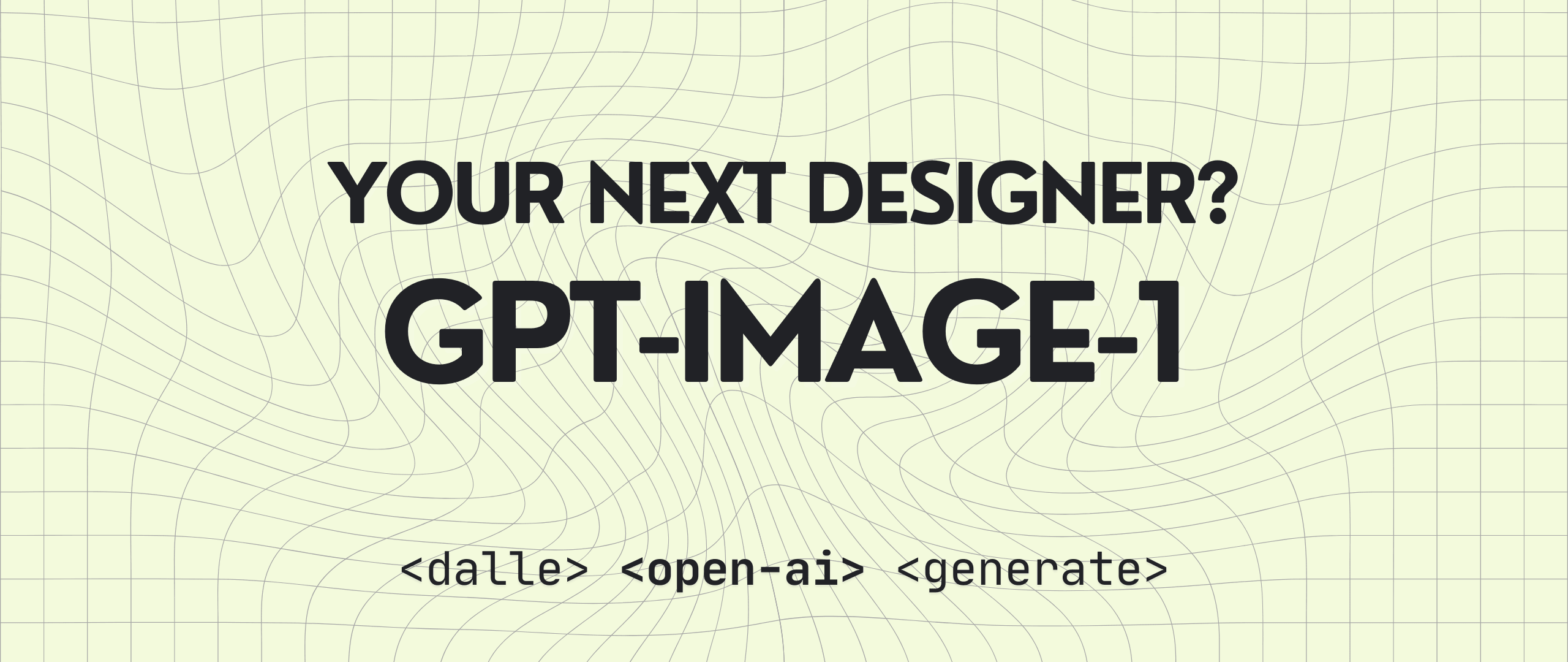
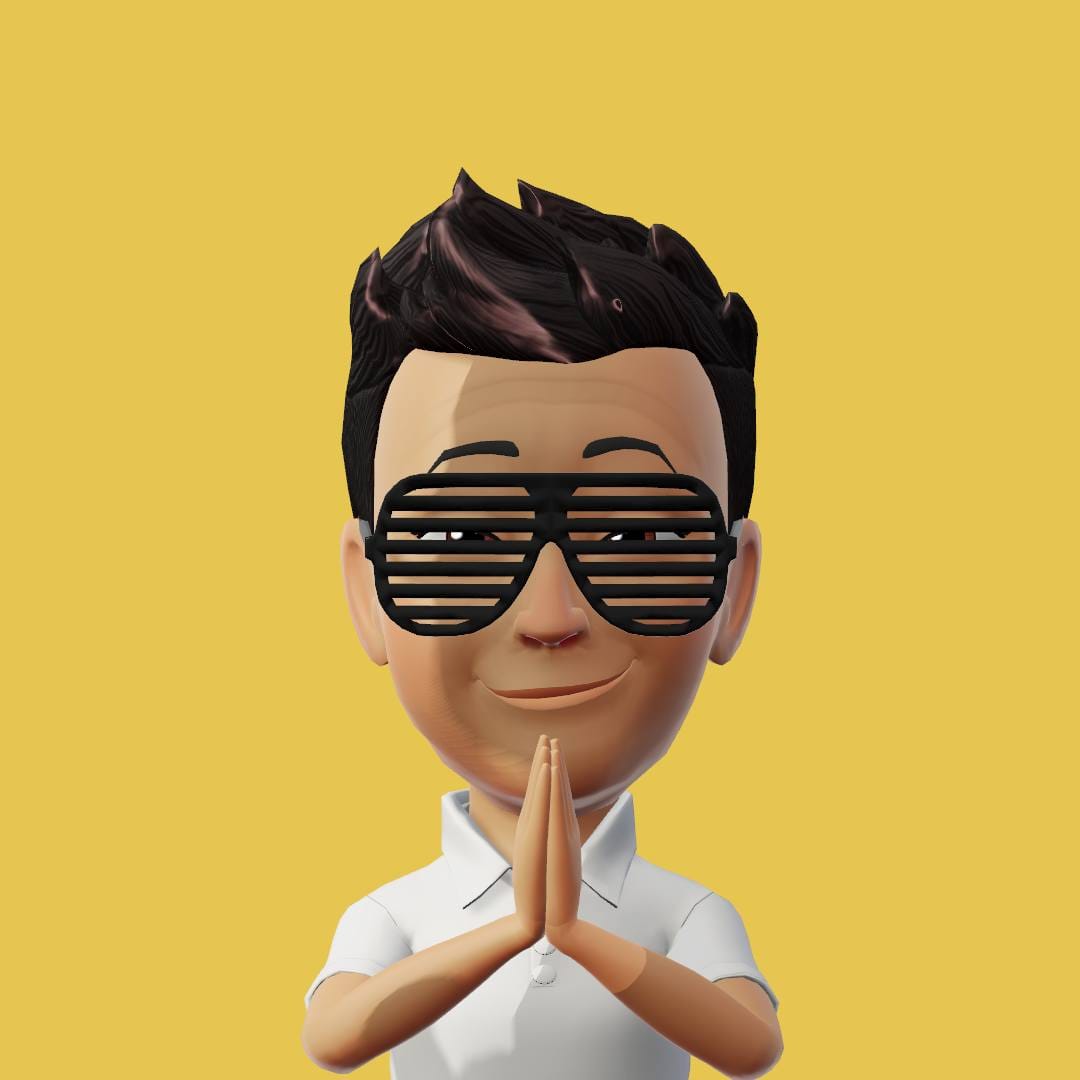
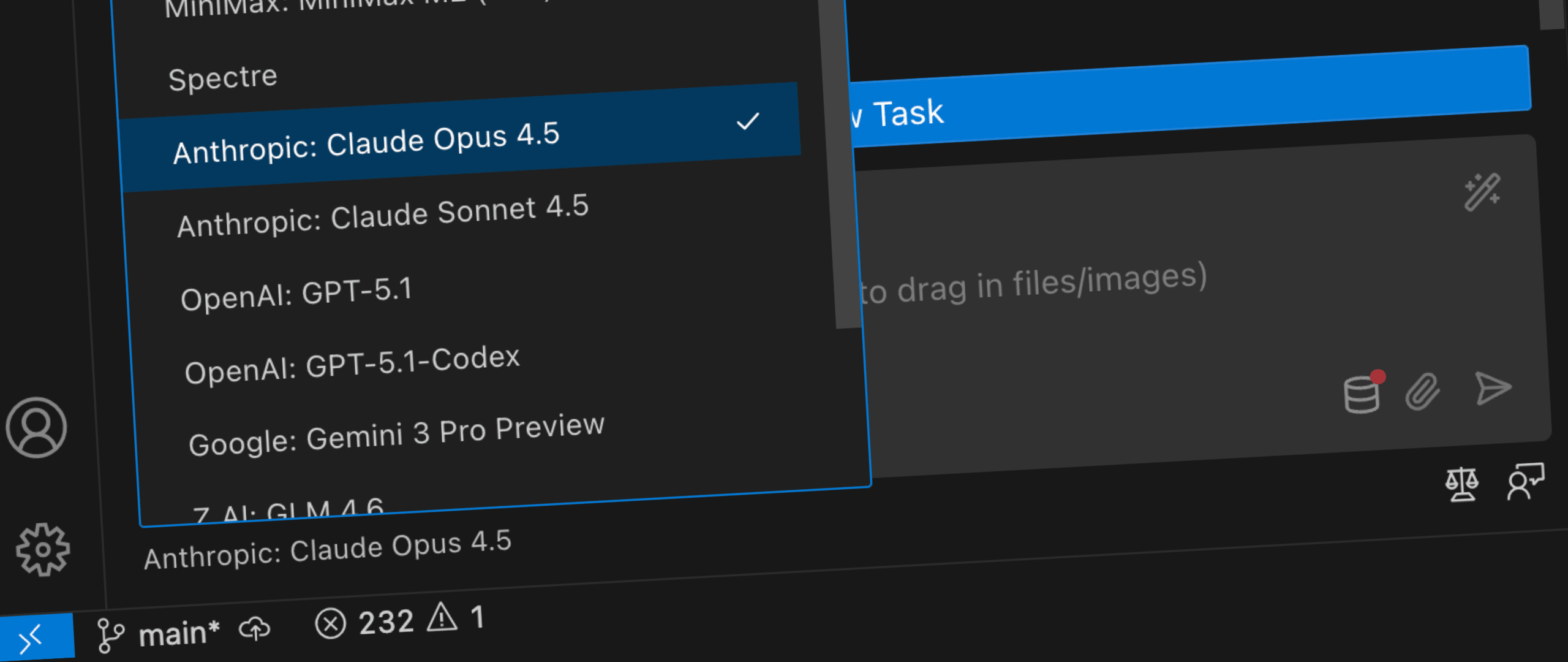

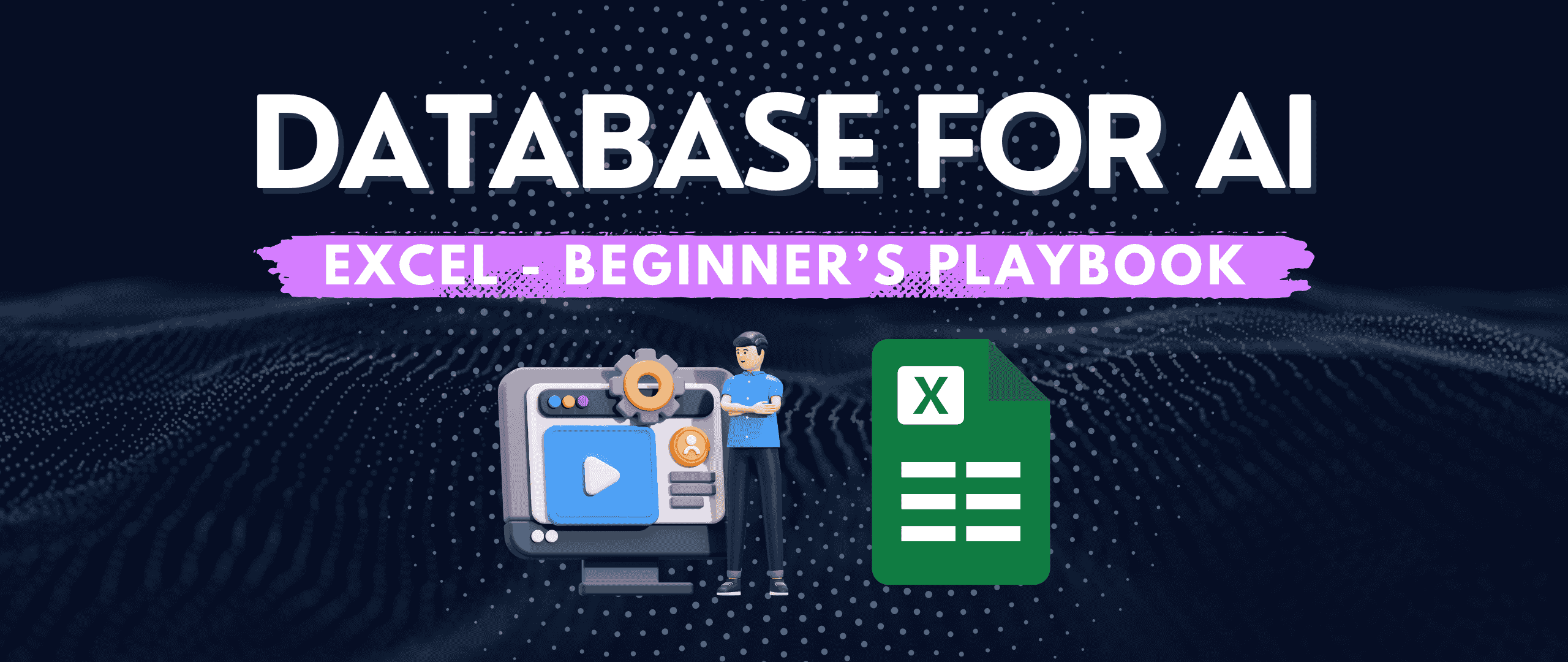





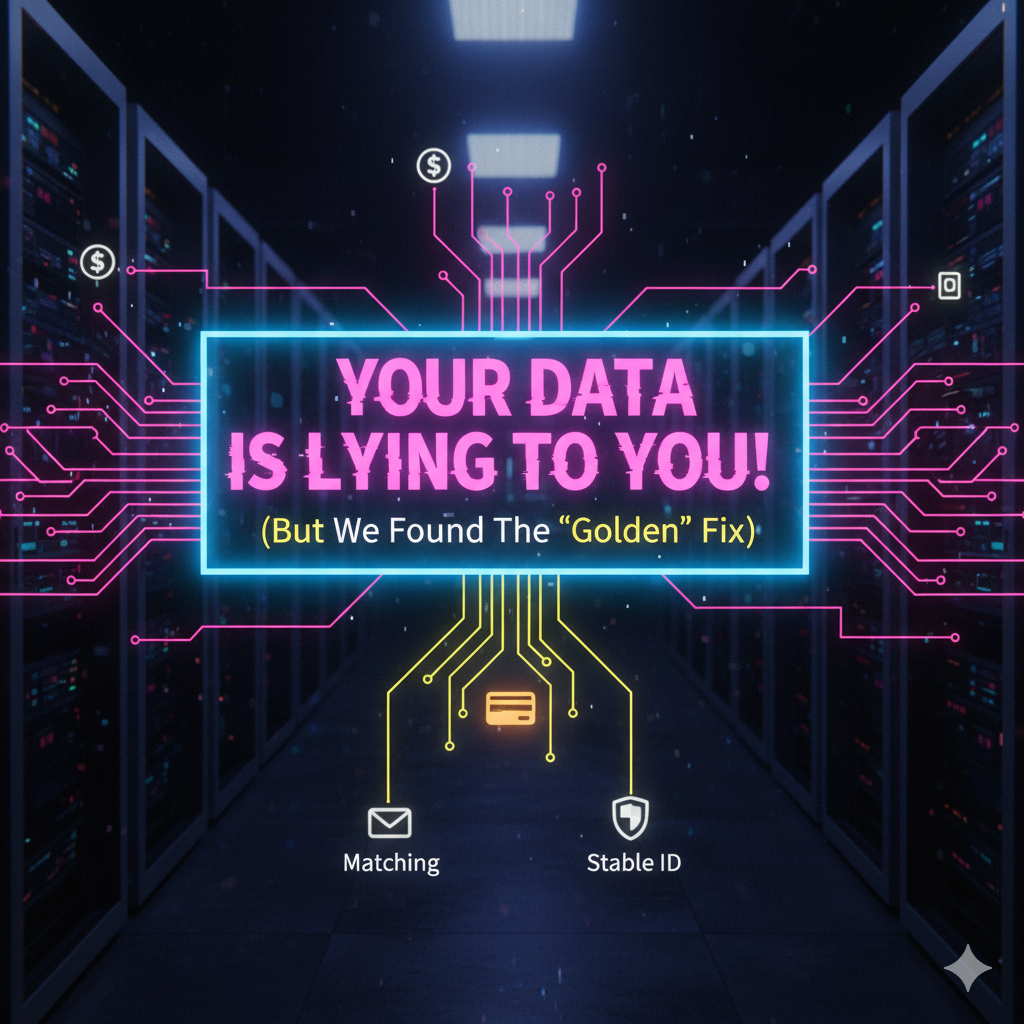


Discussion